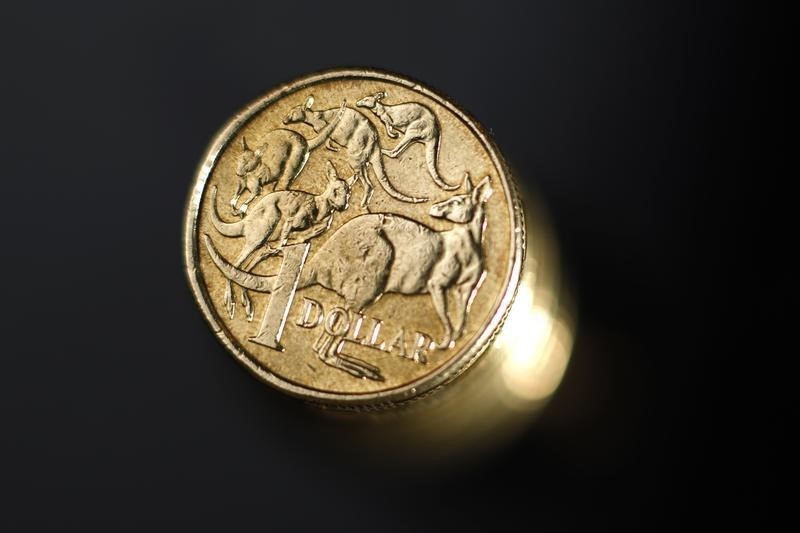By Cecile Lefort and Charlotte Greenfield
SYDNEY/WELLINGTON, May 17 (Reuters) - The Australian and New Zealand dollars slipped to multi-month lows against the euro on Wednesday, after the single currency got a fillip from solid economic growth.
The euro EURAUD=R climbed to A$1.4905, the highest since September to be last at A$1.4974. Against the New Zealand dollar EURNZD=R , it hit NZ$1.6132, a level unseen in nearly a year, to last trade at NZ$1.6124.
The euro zone gross domestic product grew 0.5 percent in January-March, underscoring a recovery in the currency bloc.
After struggling against the Antipodean currencies since late last year, the euro smartly rebounded in February, to stand 12 cents and 16 cents stronger against the Aussie and the Kiwi, respectively.
The Australian dollar AUD=D4 also sagged versus its U.S. counterpart, largely due to uncertainty around U.S. President Donald Trump's leadership that has cast doubt over his ability to push through tax reforms and stimulus programmes. stood at $0.7414, from $0.7427 in early trade, away from Monday's peak of $0.7446. The Aussie fell to a four-month trough of $0.7329 last week.
Major chart resistance was found at $0.7440 where 55-, 100- and 200-day moving averages converge.
At home, the market found little comfort from data showing scant sign of an inflation pick-up. Australian wages rose at their slowest pace on record at a time when household debt has climbed to an all-time peak. ID:nL4N1II248
"The combination of continuing record low wages growth and soft consumer spending indicate that the risk of another Reserve Bank of Australia rate cut this year is far higher than a hike," said Shane Oliver, chief economist at AMP Capital, still seeing rates on hold.
Interbank futures 0#YIB: imply a 16 percent chance of a rate cut to a record low of 1.25 percent by December.
Even a weaker U.S. dollar and a surge in dairy prices could not help the Kiwi on Wednesday, which has been weighed down by the central bank's failure to adopt a more hawkish tone at a meeting last week.
The New Zealand dollar NZD=D4 was largely flat on Wednesday, hovering around $0.6885.
A surprise 3.2 percent rise in global dairy prices, for the fifth consecutive auction, saw the Kiwi lift slightly overnight to $0.6894 but it then retraced its gains. the currency is comfortably above the 11-month low of $0.6818 hit last week after the Reserve Bank of New Zealand reiterated it planned to keep rates on hold at record lows for years. events and RBNZ nuances remain in the driver's seat despite a lift in the domestic data pulse and New Zealand commodities," said Con Williams, economist at ANZ Bank.
New Zealand government bonds 0#NZTSY= gained, sending yields 2.5 basis points lower at the long end of the curve.
Australian government bond futures climbed to one-month highs, with the three-year bond contract YTTc1 up 2 ticks at 98.200. The 10-year contract YTCc1 added 3 ticks to 97.4150, while the 20-year contract YXXc1 rose 4.5 ticks to 96.8600.
The spread between Australian AU2YT=RR and U.S. AU2YT=RR two-year bonds edged up to 36, away from a 16-year trough of 33 basis points set on Tuesday. (Editing by Jacqueline Wong)
